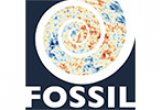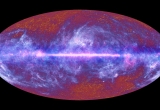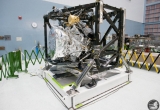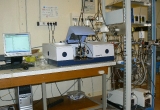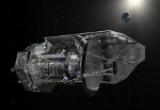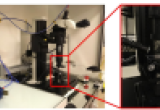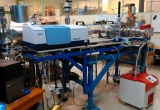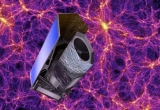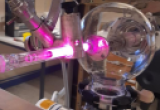The Polarized Radiation Interferometer for Spectral disTortions and INflation Exploration (PRISTINE) is a space mission which has been recently proposed to answer the ESA F-mission call, aimed at addressing two key questions of the ESA Cosmic Vision 2015 – 2025 programme:
1) What has powered inflation? and
2) How did the Universe evolve?




